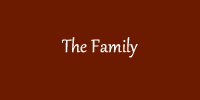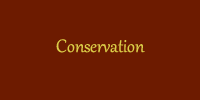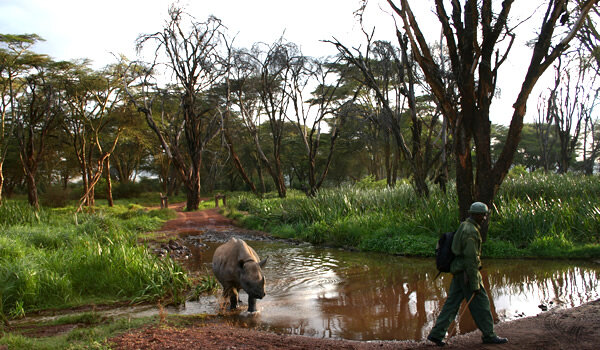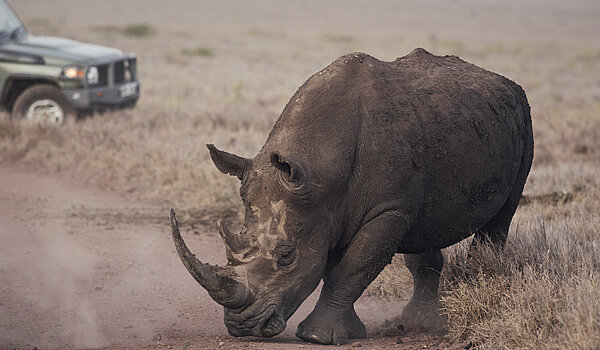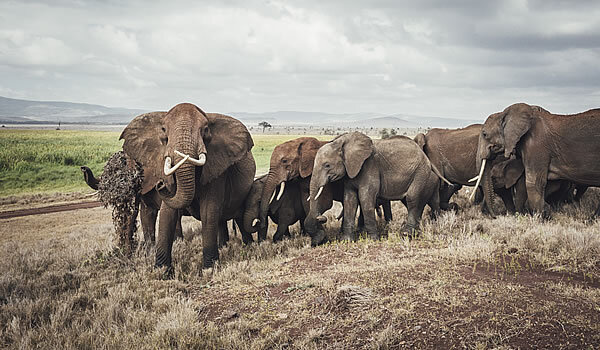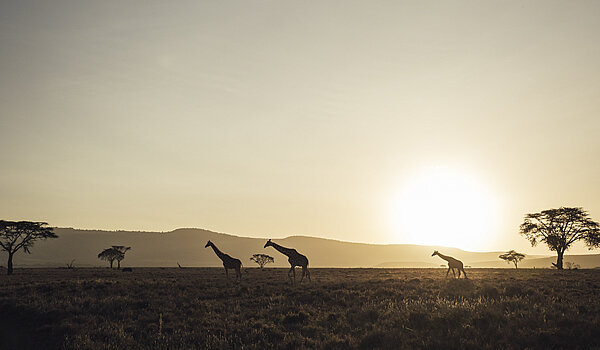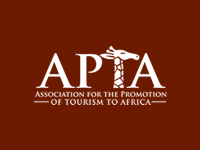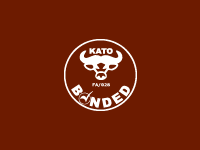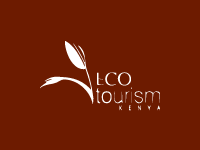Conservation History
Established as a cattle ranch in 1922 by the Douglas family, Lewa Downs as the ranch was called, was home to an extraordinary amount of wildlife. “Make room for the wildlife” was Sophie’s great grandfathers proviso when he handed the ranch over to David and Delia Craig. With this in mind Lewa Downs was thoughtfully managed with wildlife and cattle mutually co-existing for over 50 years.
In the early 1980’s ivory and rhino horn poaching was rampant across much of East Africa and it was uncertain that any rhinos would survive in northern Kenya. In 1983 the Craigs and Anna Merz created a fenced rhino sanctuary on the ranch which was stocked with the remnants of northern Kenya’s Black Rhinos together with White Rhino from South Africa. In 1995 the Rhino Sanctuary was extended to cover the whole ranch and the Lewa Wildlife Conservancy, (a non-profit organisation), was formed.
Over time, the Conservancy broadened it’s focus, initiating outreach programmes on neighbouring communities and catalysing the community conservation concept across Northern Kenya. Work with other endangered wildlife commenced, including the Grevy’s zebra. Lewa was instrumental in securing and protecting the Ngare Ndare Forest Reserve on the southern boundary. Deservedly, Lewa Wildlife Conservancy was declared a UNESCO World Heritage site in 2013.
In 2014 the fence dividing the Lewa Wildlife and Borana Conservancies was removed, creating one of Kenya’s most important rhino sanctuaries of 92,000 acres. With over 100 Black Rhino in the ‘Lewa-Borana landscape’ - this population is now the third ‘Key 1 population’ in East Africa. A Key 1 population is a rating from the IUCN’s African Rhino specialist group which identifies a stable and increasing Rhino population which has achieved continental importance.
Current Impact
Conservancy and tourism fees paid by every guest that stays on Lewa, directly contributes to the operating costs of the Lewa Wildlife Conservancy and their wildlife conservation and local community development programmes. In 2018, total tourism fees contributed just over 20% of the total raised by the Conservancy. Visitors on safari also make up a significant proportion of the donations to the Lewa Wildlife Conservancy.
Lewa Wildlife Conservancy has invested extensively in the local community through several innovative programmes, ranging from micro-credit schemes to medical clinics and schools. Through these projects, together with recruiting from the local community, the Conservancy has gained its neighbours’ support and people living in the area, now view wildlife as an asset and help protect it.
In 2019/2020 some of the achievements across the Lewa/Borana landscape have been:
“For the last three decades, the practices of the Lewa Wildlife Conservancy have resulted in thriving black rhino habitat and population, which in turn has created a robust ecosystem for a multitude of species including the endangered Grevy’s zebra, elephant, lion, cheetah, giraffe and more. Envisioning a future where people across Kenya value, protect and benefit from wildlife. This future depends on communities being able to derive their day-to-day livelihoods in ways that are compatible with thriving wildlife habitat. As a result, Lewa invests heavily in the livelihoods of neighbours through programmes in education, healthcare, water, micro-enterprise, youth empowerment and more.”




